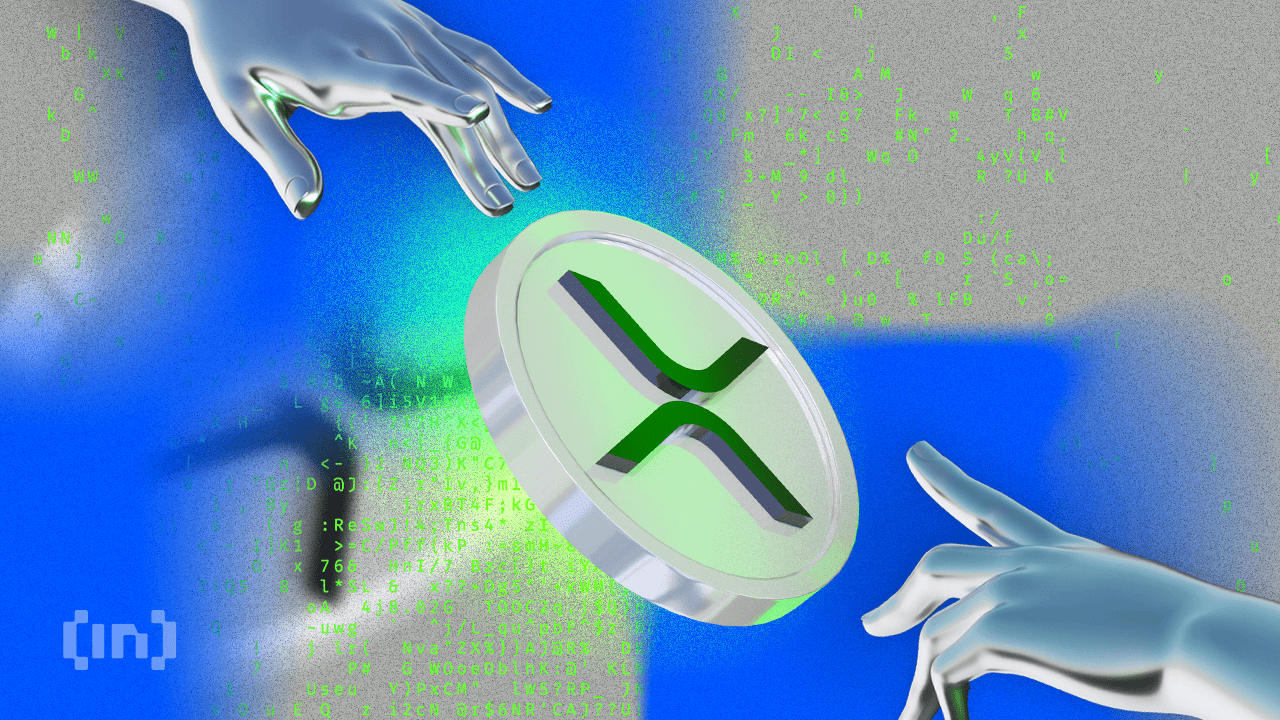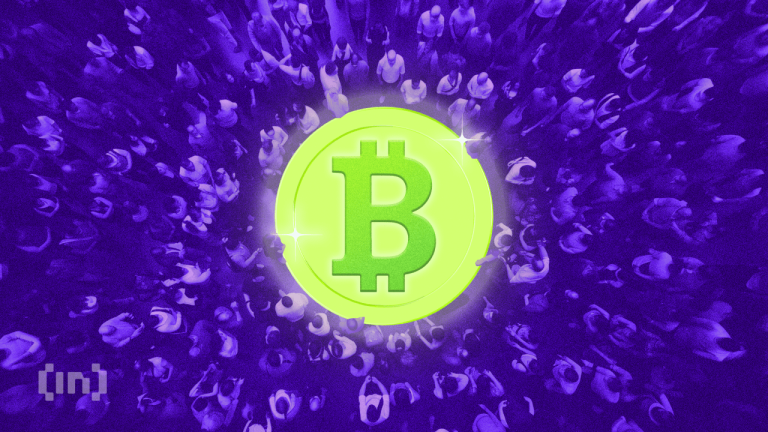
The Rise of XRP and Blockchain Adoption in the AI Era
As artificial intelligence (AI) technologies rapidly evolve, global institutions and governments face unprecedented challenges to secure sensitive data. Leading crypto influencer Robert Doyle asserts that the world will soon have no choice but to adopt blockchain technologies, with XRP emerging as a key player in this transformation.
The adoption of decentralized solutions like XRP is not merely a matter of choice, Doyle argues, but of survival. With AI-driven cyberattacks escalating both in frequency and sophistication, centralized systems are becoming increasingly vulnerable. The need for secure, scalable, and transparent systems is more critical than ever.
Decentralization: The Key to Robust Data Security
One of the primary reasons Doyle advocates for global blockchain adoption is its ability to eliminate single points of failure found in traditional centralized systems. He highlights a November 2025 cyberattack carried out entirely by autonomous AI agents, noting how such events exemplify the fragility of current infrastructures. Centralized data systems not only face external threats but also suffer from internal misuse, with nearly 80% of data leaks stemming from insider activity.
By moving sensitive data—ranging from medical records to legal documents—onto blockchain networks, organizations can leverage decentralization to achieve unparalleled security and resilience. This shift, Doyle insists, is inevitable as AI threats continue to grow.
XRP ETFs: A Catalyst for Unprecedented Growth
XRP, a digital asset already renowned for its speed and low transaction costs, could become a cornerstone of the blockchain revolution. Doyle predicts that Exchange-Traded Funds (ETFs) tied to XRP will attract massive institutional demand, draining the circulating supply of the cryptocurrency within two years.
The introduction of spot XRP ETFs, including Grayscale’s XRP Trust ETF (Ticker: $GXRP), marks a pivotal moment. Such ETFs simplify crypto investing, making it as accessible as buying stocks. Institutions like Franklin Templeton and Grayscale launching XRP ETFs in November 2025 could act as a trigger, unleashing a wave of adoption. As heavyweights such as BlackRock, Vanguard, and Fidelity explore XRP ETFs, the cryptocurrency’s status as a financial mainstay seems increasingly likely.
For those exploring XRP, consider checking out Ledger Nano X wallets, a secure and user-friendly option for managing digital assets.
Macroeconomic Pressures Delaying Crypto Cycles
Doyle also connects the delayed peak of the current Bitcoin cycle to ongoing macroeconomic shifts. With high interest rates and the extended maturity profile of U.S. debt, the next significant market surge may not occur until 2026. Despite this delay, Doyle remains optimistic, calling the current market downturn a temporary setback driven by wider economic factors.
A Decentralized Tomorrow
Looking ahead, Doyle sees blockchain as the foundation for global finance, data, and trade. He echoes thought leaders like Charles Hoskinson, who predict that much of the world’s infrastructure will eventually be restructured on blockchain technologies. For XRP, this could mean a central role in the digital transformation shaping our future.
In summary, Doyle emphasizes that while the current crypto bear market poses challenges, it represents a temporary chapter in a much larger narrative. As AI reshapes the world, blockchain technologies like XRP will likely stand at the forefront of safeguarding critical data and ensuring long-term resilience.



